What’s the difference – raisins/currants/sultanas.
These three dried fruits are often speckled through Christmas recipes and it leaves one to wonder, what is the difference between them? Are they interchangeable, or should you have all three stocked in the cupboard?
Raisins
Raisins are dried grapes, specifically dried white-fleshed grapes. These grapes have green skins and darken as they dry, becoming a dense, dark-coloured dried fruit containing small seeds and bursting with sweet flavour.
Currants
The currants you find most often in baking aisles are likely not currants at all. True black and red currants are quite tart when dried, and can be tricky to find in shops. The more commonly-found dried currants come from very small grapes called Black Corinth or Zante grapes. This Greek variety is about one-quarter of the size of standard grapes, and while they have a stronger flavour than raisins or sultanas, they do not absorb liquid as readily.
Sultanas
Sultanas, sometimes called golden raisins, are similar to raisins in that they start as white-fleshed grapes. Unlike raisins, however, the skin of these doesn’t darken in the same way as it dries. Like raisins, sultanas also absorb liquid easily, but are slightly smaller and sweeter. They are made from dried, white, seedless grapes originally from Turkey, usually the Thompson Seedless variety.
So, what ‘is’ the difference?
While there are slight differences in colour, size and flavour between the three, raisins and sultanas can more or less be used interchangeably. Currants will have a more pronounced flavour and texture, so should only be substituted on a case-by-case basis.
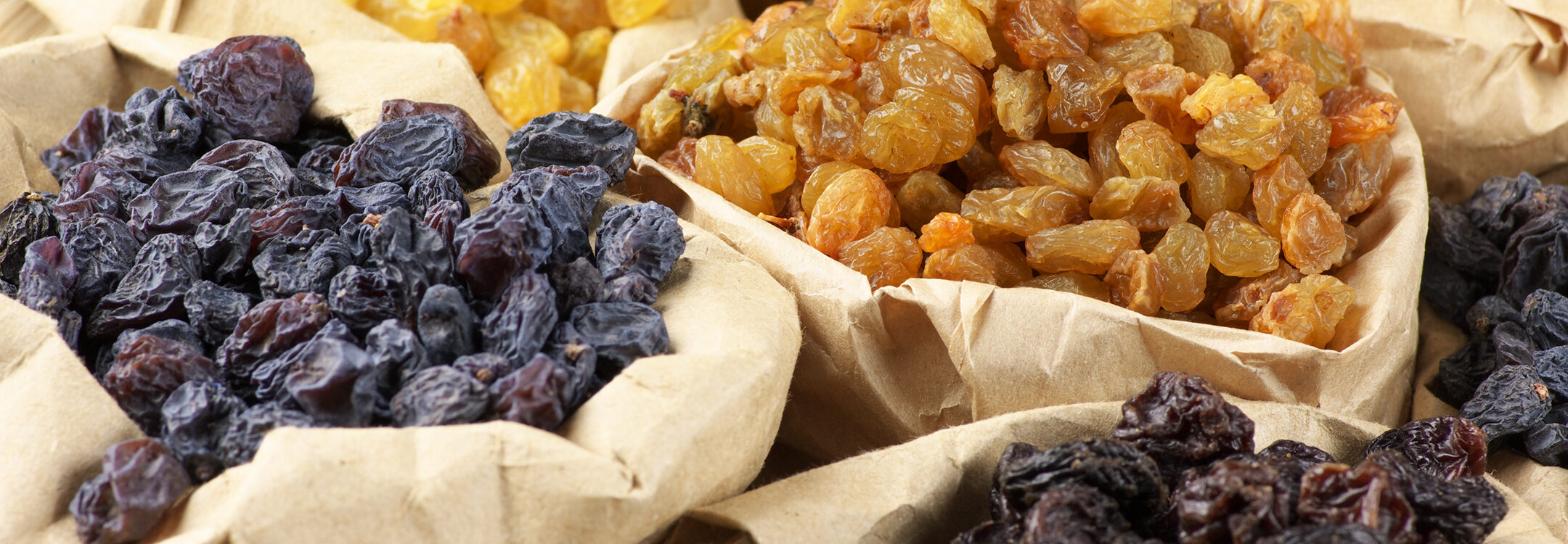
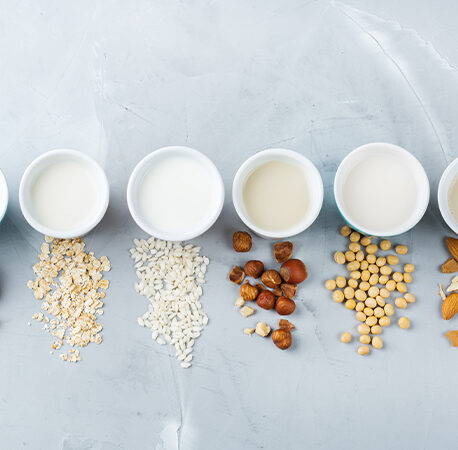
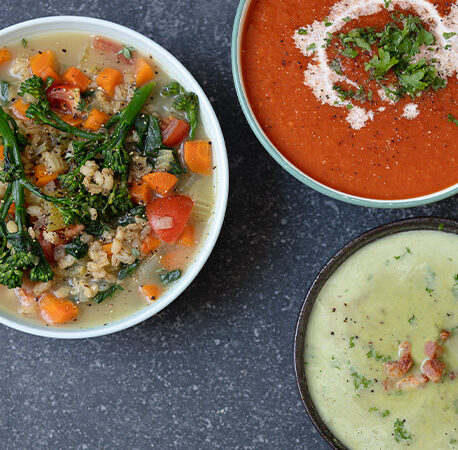

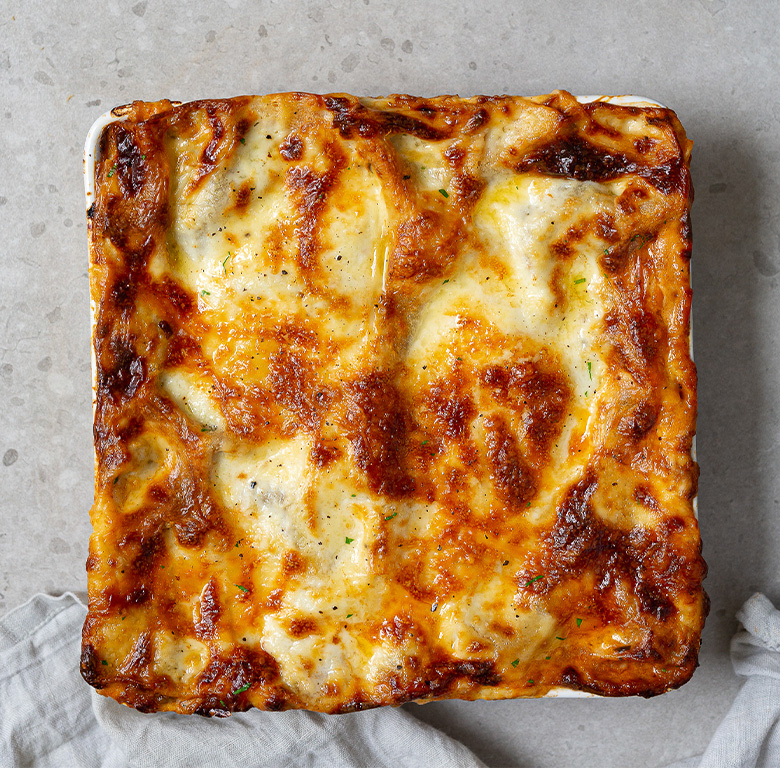
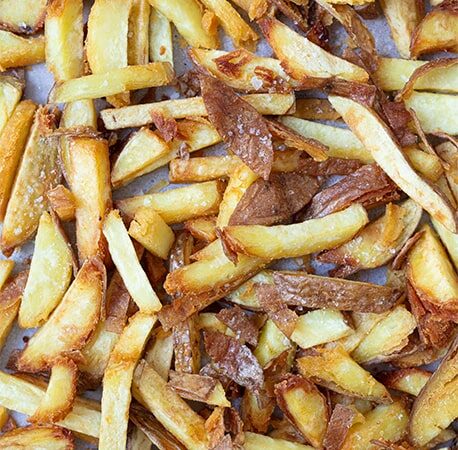
You have to be signed in to comment this post.